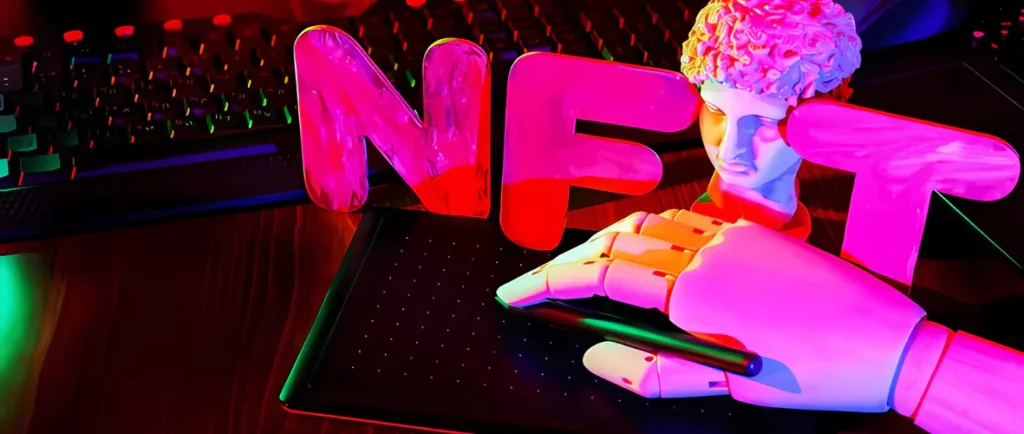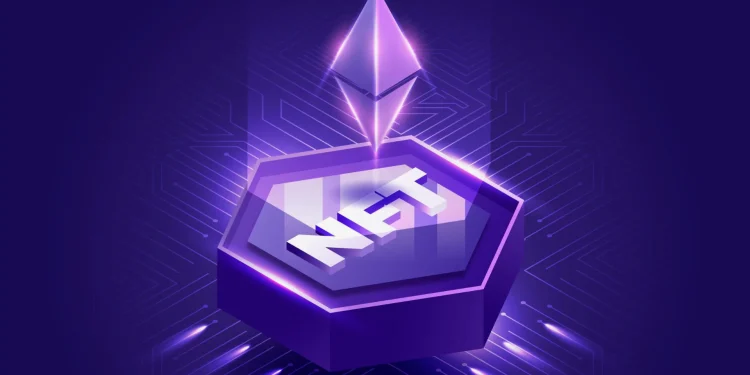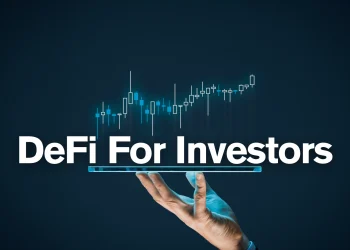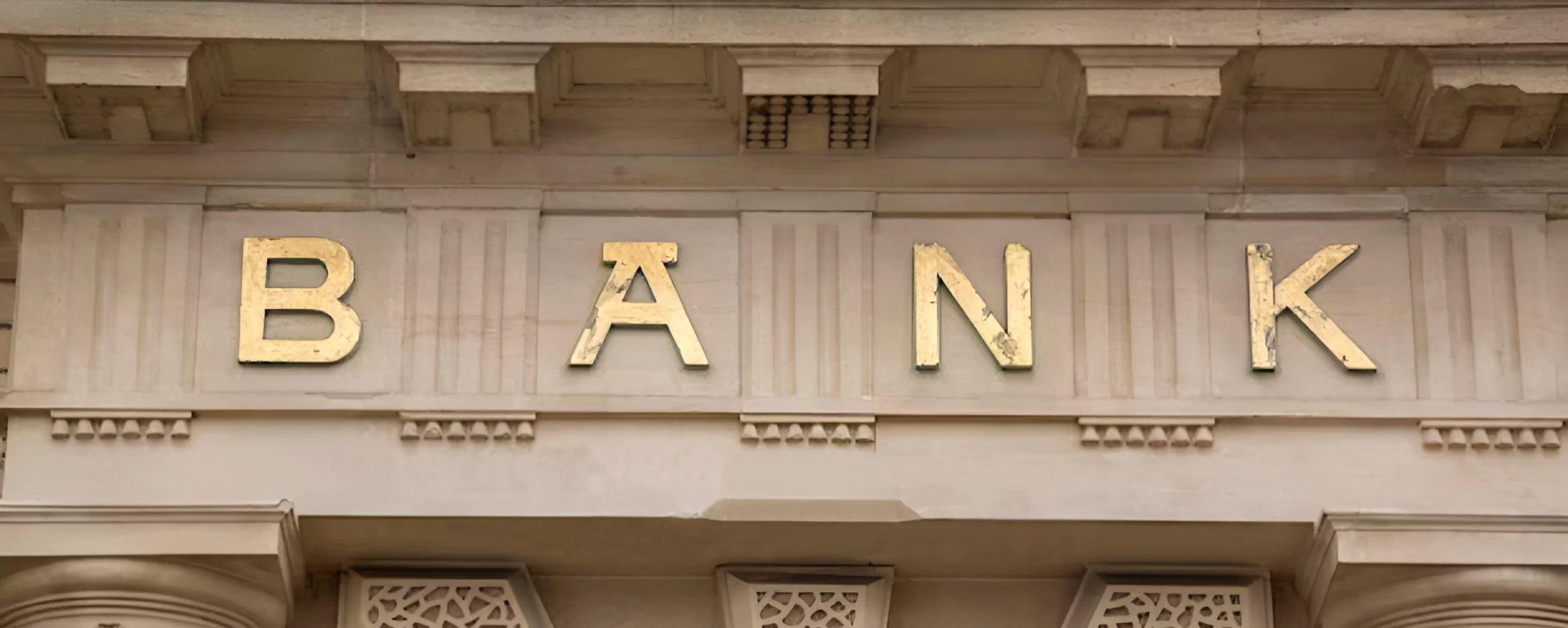Gaming is a constantly changing playground. The industry continuously reinvents itself, from immersive open worlds to pixelated 2D adventures. However, NFTs for gaming have recently entered the market. You are not alone if you are baffled by the idea of NFTs having anything to do with gaming. Let’s explore it in detail and examine how NFTs are transforming the gaming industry.
What Are NFTs, Anyway?
Let’s examine what NFTs are before we get into how it affects gaming. The acronym for Non-Fungible Token is NFT. That’s a fancy way of explaining that it’s a digital object that has been confirmed on a blockchain, such as an artwork, song, or even an in-game sword.
Imagine the blockchain as an enormous, extremely secure digital ledger. NFTs have their own identity and that ledger documents who owns them. NFTs are unique, in contrast to a typical in-game item that can be copied or altered. Comparing a digital scan of a comic book to having a collector’s edition is like that.
How Do NFTs Fit Into Gaming?
Now, let’s turn the conversation to gaming. Typically, users can purchase or gain in-game stuff such as characters, weapons, or skins. The worst part is that the game developer owns these things, not you. All of that work (and money) is lost if the game crashes or you quit playing.
That script is flipped by NFTs. In-game objects become player-owned assets when they are converted into NFTs. Depending on the developer’s ecosystem, you can use them in other games, trade them, or even sell them for actual cash. For gamers, this opens up a whole new universe of possibilities.
How NFTs For Gaming Work: A Step-by-Step Breakdown
Curious about how this all works? Let me walk you through it:
1. Creating In-Game Assets as NFTs
Characters, weapons, and skins are created by game producers and then minted as NFTs on a blockchain. This procedure guarantees that every object is distinct and has a verified owner.
2. Ownership and Wallets
An NFT is kept in your digital wallet when you purchase it or earn one in a game. Similar to your in-game inventory, but entirely yours and stored on the blockchain, is this wallet.
3. Trading and Selling
This is when things start to get interesting. NFTs can be bought, sold, or exchanged on online marketplaces such as Rarible and OpenSea. You earned that precious sword? You may earn actual money by selling it to another player.
4. Interoperability
Some NFTs are compatible with more than one game. Consider being able to utilize a skin you purchase in one game in another. It travels with you everywhere, much like your favorite jacket.
5. Play-to-Earn Mechanics
A play-to-earn approach is being adopted by many NFT-based games. This implies that playing the game can actually earn you money. You can start a side business by completing missions, obtaining rare NFTs, and then selling them.
The Benefits of NFTs For Gaming

So, why all the hype? Let’s dig into the perks:
- True Ownership: Say goodbye to the days of losing your in-game items when a server shuts down. With NFTs, your items are yours to keep forever.
- Real-World Value: NFTs can be sold for cryptocurrency or real money. That rare dragon mount you spent weeks grinding for? It could pay for your next vacation.
- Player Empowerment: NFTs shift the power from developers to players. You’re no longer just a consumer—you’re part of the game’s economy.
- Cross-Game Compatibility: This one’s a game-changer (pun intended). NFTs could let you carry items or characters across different games, creating a seamless gaming experience.
The Challenges and Concerns
Of course, it’s not all sunshine and rainbows. NFTs for gaming come with their fair share of challenges:
1. Environmental Impact
Blockchain operations and NFT mining can be energy-intensive, which raises questions regarding their carbon footprint.
2. High Entry Costs
Casual gamers may be excluded from certain NFT games since they require players to purchase pricey NFTs upfront.
3. Market Volatility
NFT values are not always reliable. That rare sword could be worth $10 tomorrow and $1,000 today.
4. Scams and Fraud
Let’s face it: scammers are wherever there is money. Players must use caution while dealing with dodgy marketplaces or fake NFTs.
Popular Games Using NFTs
Want to see NFTs in action? Here are some popular games that are already using them:
- Axie Infinity: This game is like Pokémon meets blockchain. Players breed, battle, and trade creatures called Axies, which are NFTs with real-world value.
- The Sandbox: A virtual world where players can buy, build, and monetize land and assets—all powered by NFTs.
- Gods Unchained: A trading card game where cards are NFTs, giving players true ownership of their decks.
- Decentraland: A metaverse where players can buy virtual real estate and create experiences, all using NFTs.
How NFTs Could Shape the Future of Gaming
NFTs are undoubtedly more than simply a gimmick; they are helping to shape the gaming industry’s future. In a world where the distinction between virtual and real-world economies is blurred, gamers actually control their gaming experiences.
One day, all games might use NFTs, resulting in a vast, networked gaming universe. Or perhaps NFTs will develop into something much more significant, completely changing the way we think about digital ownership.
Conclusion
So, how do NFTs for gaming work? Fundamentally, they are all about innovation, value, and ownership. Players now have more options and power than ever before thanks to NFTs, which transform in-game goods into distinctive, tradeable assets.
Although there are obstacles to overcome, there is no denying the potential. It’s safe to argue that NFTs are genuinely changing the game, regardless of whether you’re a devoted player or just interested in the technology.













